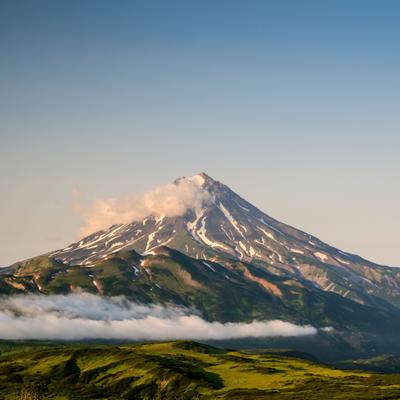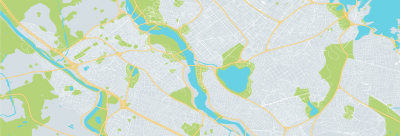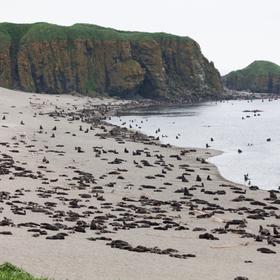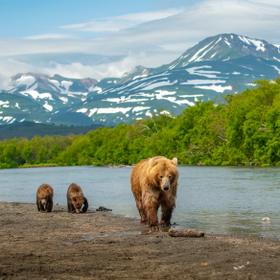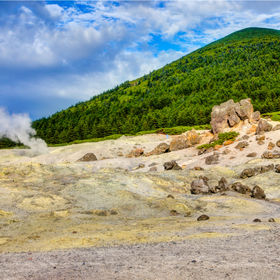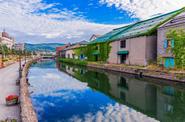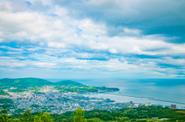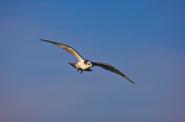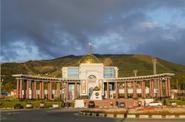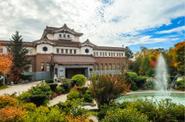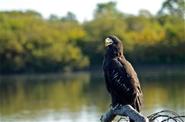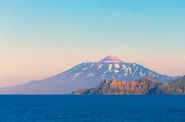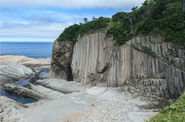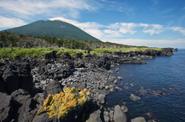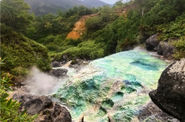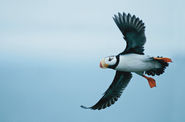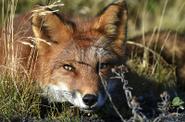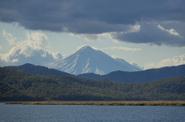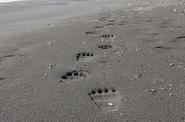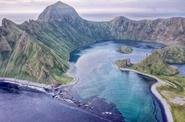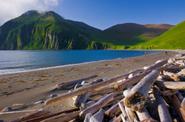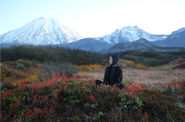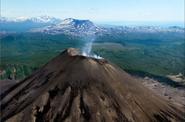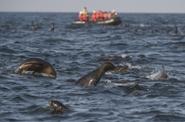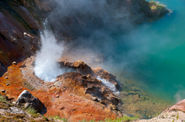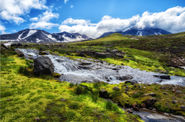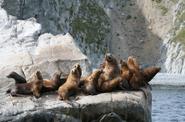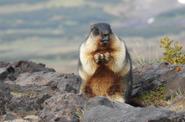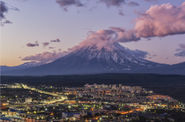Accommodation on the expedition ship "Heritage Adventurer" is included in the tour price.
The cost of the tour depending on the category of accommodation:
| Cabin | Cost per person |
|---|
| Main Deck Single | $ 9 450 |
| Main Deck Triple | $ 14 440 |
| Superior Single | $ 15 040 |
| Superior Triple | $ 9 950 |
| Superior Deck 4 | $ 11 950 |
| Superior Deck 5 | $ 12 450 |
| Worsley Suite | $ 15 450 |
| Heritage Suite | $ 21 450 |
* The price listed includes the local landing fees of $500.
Heritage Adventurer is a true pioneering expedition vessel of exceptional pedigree often referred to as the ‘Grande Dame of Polar Exploration’.
Purpose built for adventure in 1991 at Finland’s Rauma shipyard and specifically designed for Polar exploration, Heritage Adventurer (formerly known as MS Hanseatic) is 124-metres long, boasts the highest passengership ice-class rating (1A Super) and an impressive history of Polar and remote region exploration making her perfect for Heritage Expeditions signature experiential expedition travel.
Originally designed to accommodate 184 guests, we now welcome just 140 expeditioners to create a spacious, comfortable on board experience and continuation of the exceptional, personalised expedition experience synonymous with the company. While a fleet of 14 Zodiacs ensures all guests are able to maximise their expedition experience.
On board, enjoy stylish, sophisticated accommodations spanning 4 decks, visit the captain and crew in the Bridge with our Open Bridge Policy and dine on gourmet fare from leading Australasian chefs. Watch your adventure unfold from numerous spectacular indoor and outdoor viewing locations including Heritage Adventurer’s famed Observation Lounge resplendent with 270-degree views and join our world-renowned team of naturalists, botanists, historians and experts as they interpret the natural and human history discovered during each voyage, as well as hosting regular lectures.
And should you require a little R&R, unwind in the library, pool, gym, hot tub, sauna and steam room, indulge in some retail therapy or find a quiet place to enjoy a coffee or cocktail from the café and bar.
Heritage Suite
Located on Deck 6, Heritage Suites are an expansive 44m2 and feature large double panoramic windows, king bed, large living area with a sofa, coffee table and chairs and grand marble bathroom with a double basin, bathtub and shower, large writing desk, floor to ceiling cabinetry for storage and a flat screen entertainment system.
Worsley Suite
Located on Deck 6, Worsley Suites are a sacious 22m2 and feature large panoramic windows, king or two single beds, comfortable chaise-style lounge suite, writing desk, private en-suite with shower, ample storage and a flat screen entertainment system.
Superior Single
Superior Single Cabins on Deck 5 are a spacious 22m2 and feature large panoramic windows, king bed, comfortable lounge, writing desk, private ensuite with shower, ample storage and a flat screen entertainment system.
Superior Triple
Superior Triple Cabins on Deck 5 are a spacious 22m2 and feature large panoramic windows, two single beds and one Pullman bed which folds down from the wall, comfortable lounge, writing desk, private en-suite with shower, ample storage and a flat screen entertainment system.
Superior Deck 5
Superior Cabins on Deck 5 are a spacious 22m2 and feature large panoramic windows, king or two single beds, comfortable lounge, writing desk, private ensuite with shower, ample storage and a flat screen entertainment system.
Superior Deck 4
Superior Cabins on Deck 4 are a spacious 22m2 and feature large panoramic windows, king or two single beds, comfortable lounge, writing desk, private ensuite with shower, ample storage and a flat screen entertainment system.
Main Deck Single
Main Deck Single Cabins on Deck 3 are a spacious 22m2 and feature two porthole windows, king bed, comfortable lounge, writing desk, private en-suite with shower, ample storage and a flat screen entertainment system.
Main Deck Triple
Main Deck Triple Cabins on Deck 3 are a spacious 22m2 and feature two porthole windows, two single beds and one Pullman bed which folds down from the wall, comfortable lounge, writing desk, private en-suite with shower, ample storage and a flat screen entertainment system.


